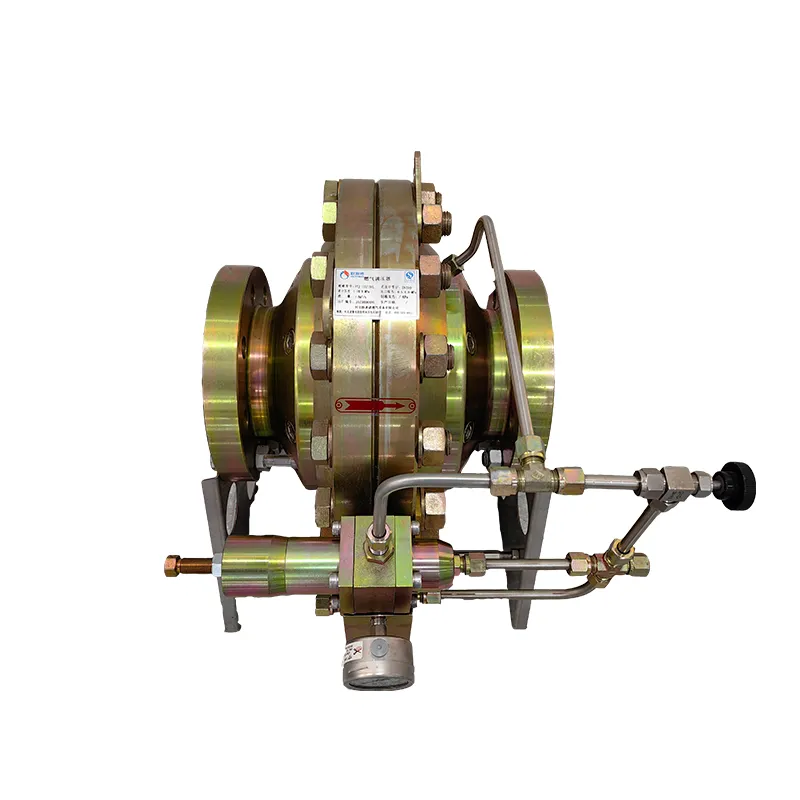
Dec . 26, 2024 05:45
Back to list
Natural Gas Pressure Management Station for Safe Distribution and Consumption
Natural Gas Pressure Reducing Stations Essential Components of Gas Distribution
Natural gas is a critical energy source that powers homes, industries, and power plants across the globe. However, the natural gas that is extracted from the ground is under very high pressure, which makes it necessary to reduce this pressure before the gas can be safely distributed to consumers. This is where natural gas pressure reducing stations play a vital role in the entire gas distribution system.
Understanding Pressure Reducing Stations
Natural gas pressure reducing stations (PRMs) are facilities designed to reduce the high pressure of natural gas coming from transmission pipelines to a lower pressure suitable for distribution. This process is essential, as different applications and customers require gas at specific pressures for safe and efficient use. For residential customers, the gas must be at a low pressure suitable for appliances like stoves and heaters. For industrial customers, the pressure may vary based on the specific requirements of machinery and processes.
Components of a Pressure Reducing Station
A typical natural gas pressure reducing station comprises several key components. First, there are inlet and outlet valves that control the flow of gas into and out of the station. These valves are critical for isolating the station for maintenance or emergencies. Next are the pressure regulators, which are the heart of the PRM. These regulators are mechanical devices that reduce the pressure of the incoming gas to the desired level, ensuring a steady and safe supply.
In addition to these primary components, pressure reducing stations may also include safety devices, such as pressure relief valves, which prevent excessive pressure buildup that could lead to dangerous leaks or explosions. Supervisory Control and Data Acquisition (SCADA) systems may also be integrated into these stations to monitor and control the functions remotely, providing real-time data on pressure levels, flow rates, and operational status.
Importance of Pressure Reducing Stations
natural gas pressure reducing station

The importance of pressure reducing stations cannot be overstated. They ensure the safe transportation and distribution of natural gas, which is inherently flammable and can pose significant risks if not managed correctly. By reducing the pressure, these stations help maintain the integrity of the gas network, preventing leaks and potential disasters.
Moreover, they contribute to the overall efficiency of the gas distribution system. By ensuring that gas is delivered at the appropriate pressure, pressure reducing stations help optimize the performance of natural gas appliances and industrial processes. This, in turn, can lead to energy savings and reduced operational costs for consumers.
Challenges and Innovations
While pressure reducing stations are crucial, they also face challenges, including aging infrastructure, the need for regular maintenance, and adherence to evolving regulatory standards. Innovations such as advanced materials for construction, automated control systems, and real-time monitoring technologies are being explored to enhance the reliability and efficiency of these stations.
Additionally, the push for sustainable energy sources has led to the integration of renewable gases, such as biogas or hydrogen, into existing natural gas networks. This transition may necessitate modifications to pressure reducing stations to accommodate different gas properties and pressures.
Conclusion
In conclusion, natural gas pressure reducing stations are fundamental to the safe and efficient distribution of natural gas. By lowering the pressure of gas before it reaches consumers, these stations not only prevent hazards but also enhance energy efficiency in various applications. As the industry evolves and adapts to new energy sources and technologies, the role of pressure reducing stations will remain significant, ensuring that natural gas continues to be a reliable energy option for the future.
Next:
Latest news
-
Safety Valve Spring-Loaded Design Overpressure ProtectionNewsJul.25,2025
-
Precision Voltage Regulator AC5 Accuracy Grade PerformanceNewsJul.25,2025
-
Natural Gas Pressure Regulating Skid Industrial Pipeline ApplicationsNewsJul.25,2025
-
Natural Gas Filter Stainless Steel Mesh Element DesignNewsJul.25,2025
-
Gas Pressure Regulator Valve Direct-Acting Spring-Loaded DesignNewsJul.25,2025
-
Decompression Equipment Multi-Stage Heat Exchange System DesignNewsJul.25,2025

